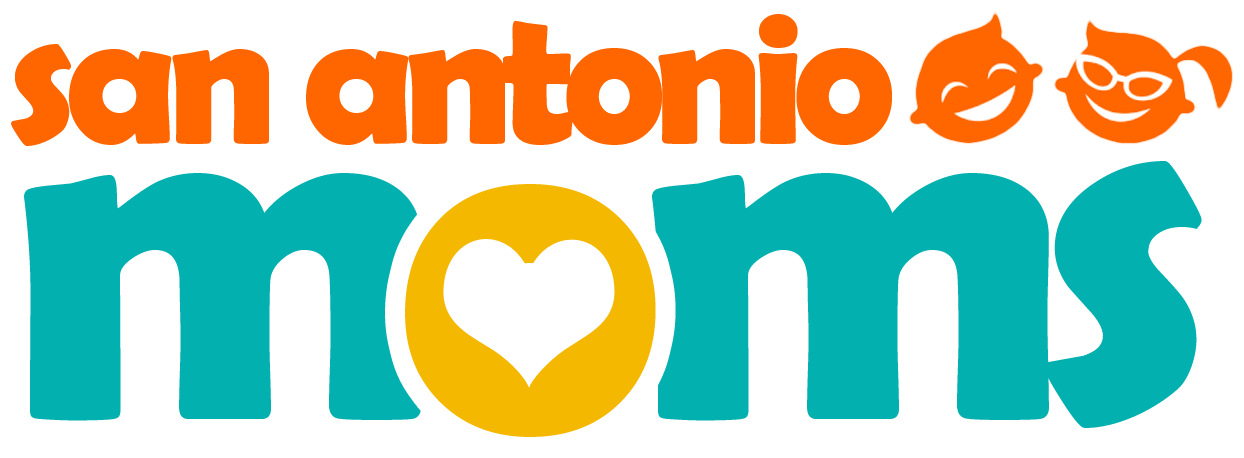Making Sense of Special Education’s Favorite Buzzword
Table of Contents
Inclusion is fast becoming a common buzzword in special education circles, but just what does it mean? For students, teachers, and parents, it means change is in the air.
Let’s face it: above all else, children want to be included.
In education, included means participating with other students in the classroom, in the gym, on field trips, as much and as often as possible. Makes sense, right?
The problem is that traditional Special Education service delivery can sometimes hinder that level of participation. The solution? Some say it’s “inclusion,” a movement that is rapidly becoming the status quo in schools today.
On the Move
In fact, the number of students with disabilities spending the majority of their day in the regular education classroom increased from 45 to 52 percent from 1995-2005 (U.S. Department of Education, National Center for Education Statistics 2006).
It’s a move that’s in keeping with the guidelines laid out by the Individuals with Disabilities Education Act (IDEA) 2004, which states that students must be placed in the “Least Restrictive Environment.” This environment starts with a regular education classroom, adding services as determined by a team of education professionals designing an Individual Education Plan (IEP) for that particular student.
It’s a bottom-up approach, rather than top-down; start with the student in the same place as all others, and add support as necessary, rather than assume that the student needs every tool in the toolbox, at all times, to be a success.
Inclusion, then, means just that. Give the student a chance to be a part of the regular school culture, in a way that makes the most sense for that student.
Getting Schools Up to Speed
From the school’s point of view, inclusion creates a whole lot of work. Rather than having a one-size-fits all special education program, schools must offer a “continuum of services,” which can range from self-contained (for those students whose disabilities are so severe that a regular classroom is not an option) to resource room (pull-out) support, to in-class support by a special education professional, to the monitor-only situation. This can mean adding additional staff or re-thinking the manner in which current special education teachers are being utilized.
Some states are creating special networks to help their districts figure out how to make inclusion work in their schools. The Florida Department of Education, for example, has created the Florida Inclusion Network (FIN), which offers workshops and other professional services free of charge to schools set out to implement inclusion practices.
For Parents, More Questions
For a parent, inclusion can be a bit confusing. As schools shift to inclusion models, a previously self-contained child might end up in the regular classroom. Another child who used to get pulled out for reading instruction might now remain in the classroom, working alongside regular education students with extra support.
It’s important for parents to take an active role and participate in the development of their child’s IEP. In fact, by law, parents must be included in the process each step of the way and must give consent for whatever services their children receive. Asking questions, of course, is part of the process.
Measuring Success
So what’s the payoff? Unfortunately, research is scant on the tangible benefits of inclusion, in part because of a lack of legal definition for the term as well as inconsistent practices. Some researchers, however, do claim success. Kochhar, West, and Taymans (2000), authors of Successful Inclusion: Practical Strategies for a Shared Responsibility, maintain that students in their sample group not only succeeded academically but also benefited from an increase in support and opportunity.
Fortunately, there is a wealth of information about inclusion on the Internet if you’re willing to take the time to mine it. Whether you’re a teacher or a parent, it’s worth the effort. For more information, start here.
